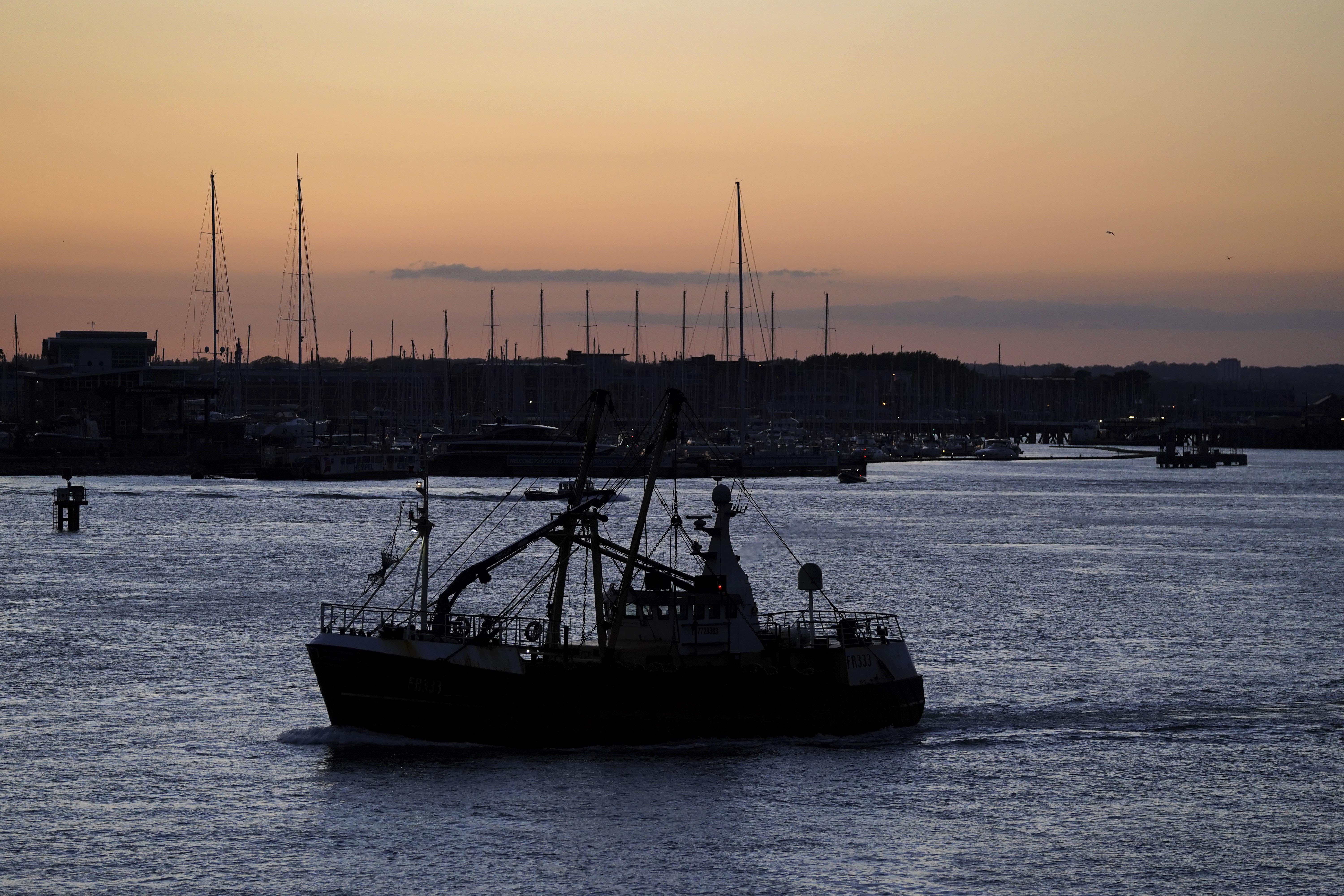AI fishing net identifies and sorts fish to prevent discard deaths
The new technology could ‘revolutionise fisheries around the world’, researchers said.

Your support helps us to tell the story
From reproductive rights to climate change to Big Tech, The Independent is on the ground when the story is developing. Whether it's investigating the financials of Elon Musk's pro-Trump PAC or producing our latest documentary, 'The A Word', which shines a light on the American women fighting for reproductive rights, we know how important it is to parse out the facts from the messaging.
At such a critical moment in US history, we need reporters on the ground. Your donation allows us to keep sending journalists to speak to both sides of the story.
The Independent is trusted by Americans across the entire political spectrum. And unlike many other quality news outlets, we choose not to lock Americans out of our reporting and analysis with paywalls. We believe quality journalism should be available to everyone, paid for by those who can afford it.
Your support makes all the difference.An underwater robot which uses AI to help fishing trawlers prevent bycatch by identifying and sizing fish is being developed by researchers.
Trawlers fish by dragging a net along the seabed to catch a target species, but also catch other fish or sea creatures accidentally, known as bycatch.
These are then returned to the sea, but can be injured or dead.
We’re confident that discarding and bycatch could quickly become a thing of the past and our precious marine life preserved
Smartrawl uses AI technology to determine the individual size and species of marine life captured inside a trawl net using images taken by an underwater stereo camera.
It then releases or retains each marine animal depending on whether it qualifies against a trawler’s intended catch using a computer-controlled robotic gate.
Developed by researchers from the Lyell Centre and the National Robotarium at Heriot-Watt University in Edinburgh, the technology is able to fit into existing nets of all sizes of vessels.
Using the system, fishers will be able to programme trawls to catch specific marine animals according to their size and species, market conditions and allotted quotas, resulting in no discards or bycatch.
Components of the project have already been tested at sea and further trials are scheduled for later this year in Shetland using the research vessel Atlantia, operated by the University of the Highlands and Islands.
Paul Fernandes, the inventor of Smartrawl, is a professor of fisheries science and technology at the Lyell Centre.
He said: “More than four million tonnes of marine fish are unintentionally caught by trawlers around the world every year, as well as bycatch of sharks, rays, dolphins, critically endangered turtles and seabirds.
“The sad reality is that these creatures, more often than not, are returned to the sea dead or dying.
“Current methods used on trawlers are unable to distinguish between different species and animals or give skippers enough information to build an accurate understanding of the size of individual fish prior to capture.
“Smartrawl has been developed to ensure that vessels only catch the fish they’re targeting, releasing other animals back into their natural environment quickly and without harm.
“As a result, we’re confident that discarding and bycatch could quickly become a thing of the past and our precious marine life preserved.”
David Richardson, chief entrepreneurial executive at the university, added: “Smartrawl presents a significant step towards benefiting the marine environment whilst protecting the business reputation of seafood producers and contributing to the UK economy.
“Significantly, it has the potential to revolutionise fisheries around the world by supporting them to be more commercially viable and sustainable.”
The technology has been developed with the industry group Fisheries Innovation and Sustainability (FIS) and funded by the UK Seafood Innovation Fund.
FIS executive director, Kara Brydson, said: “The UK Seafood Innovation Fund supports bold and ambitious tech-driven projects that will enable a step-change in the productivity and sustainability of the UK seafood sector.
“That perfectly describes Smartrawl, and this grant will take us nearer to our goal of enabling UK fishers to select and retain their high-quality catch while releasing non-target species back into our seas.”